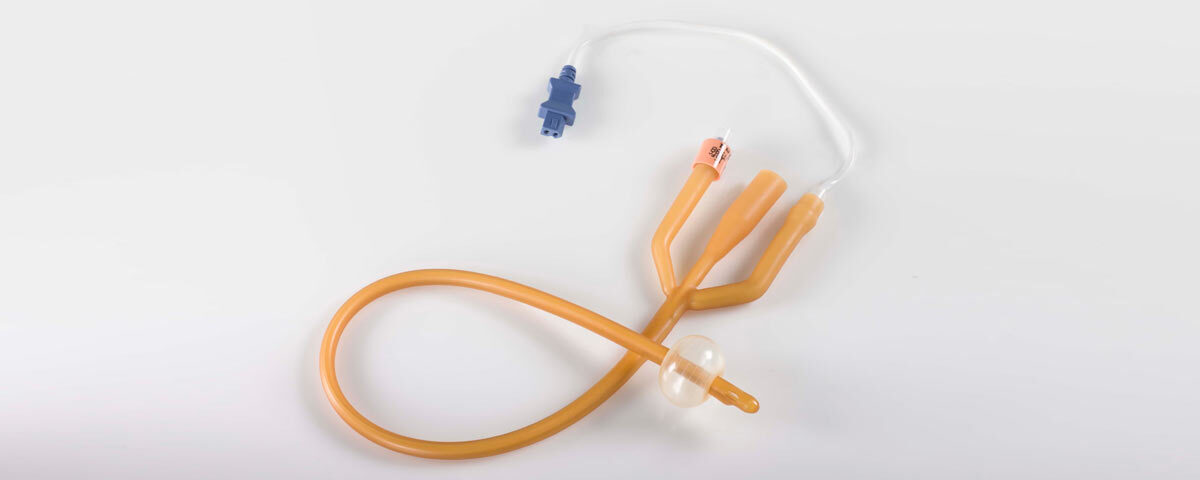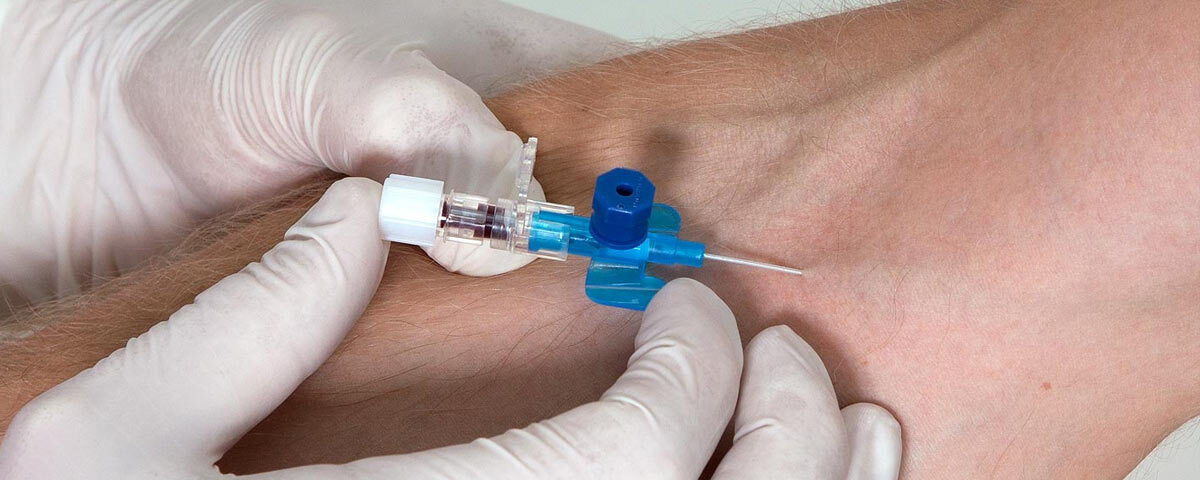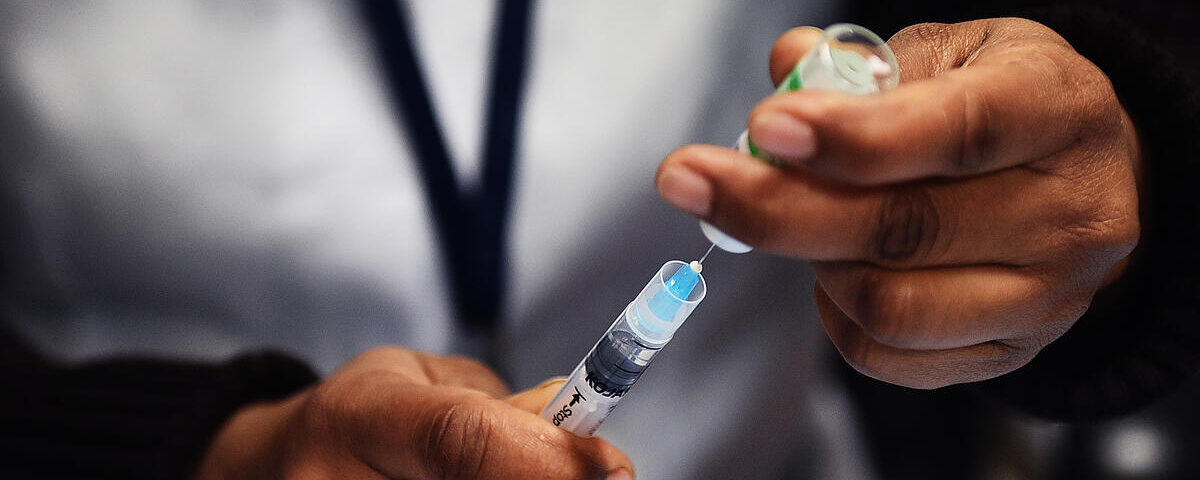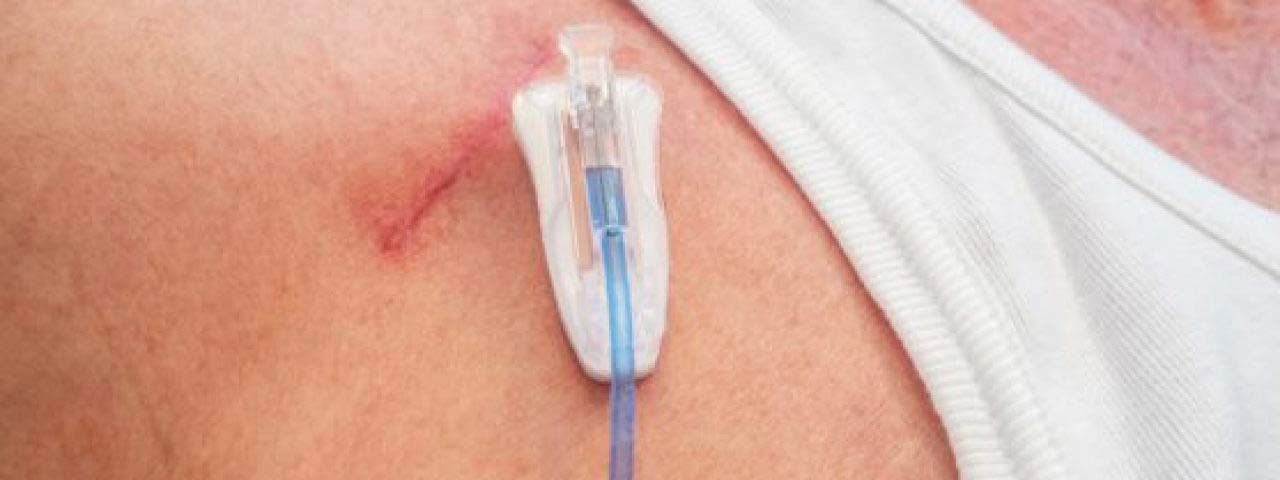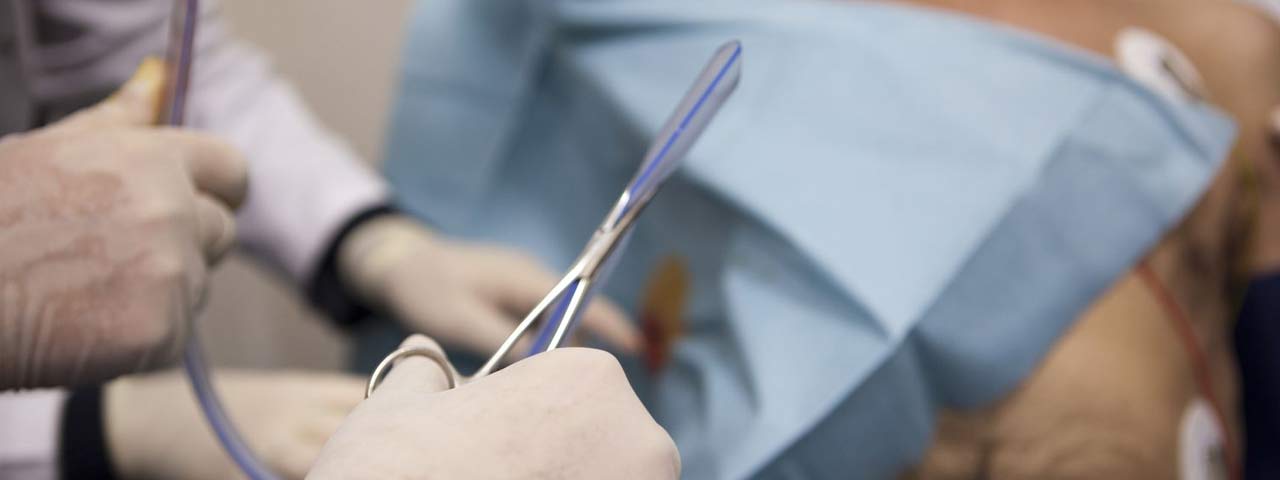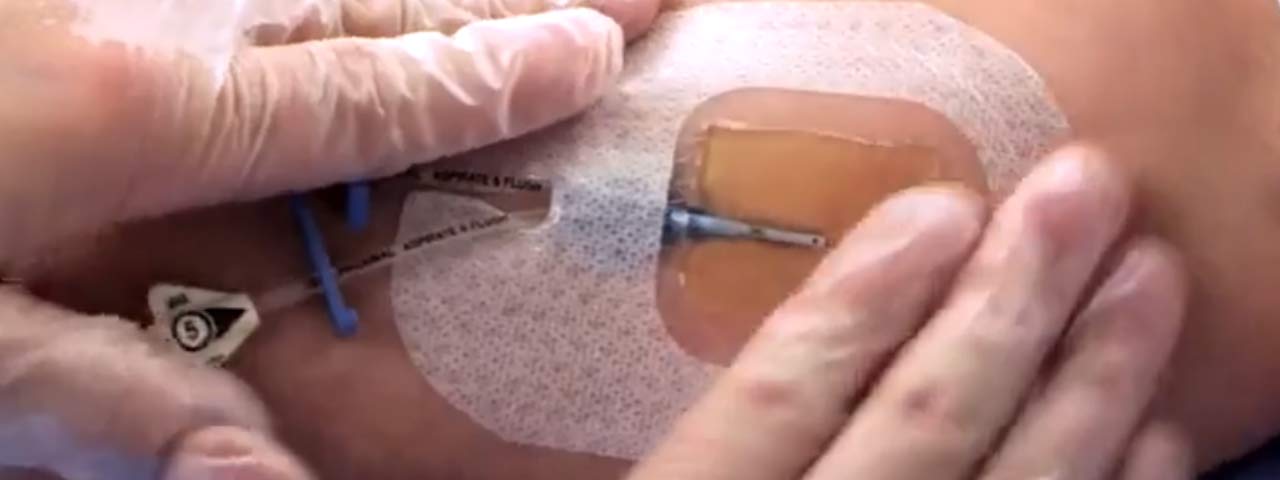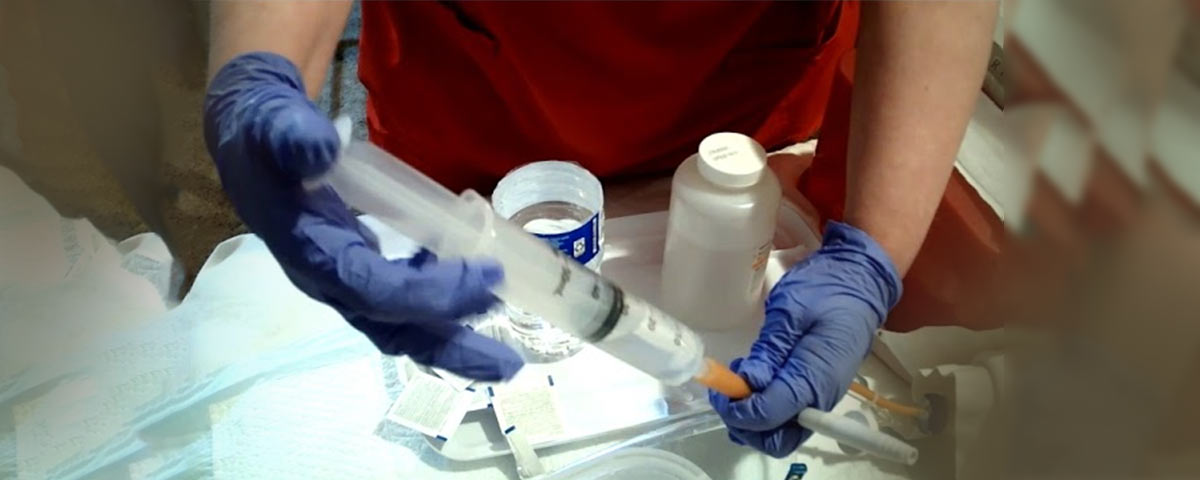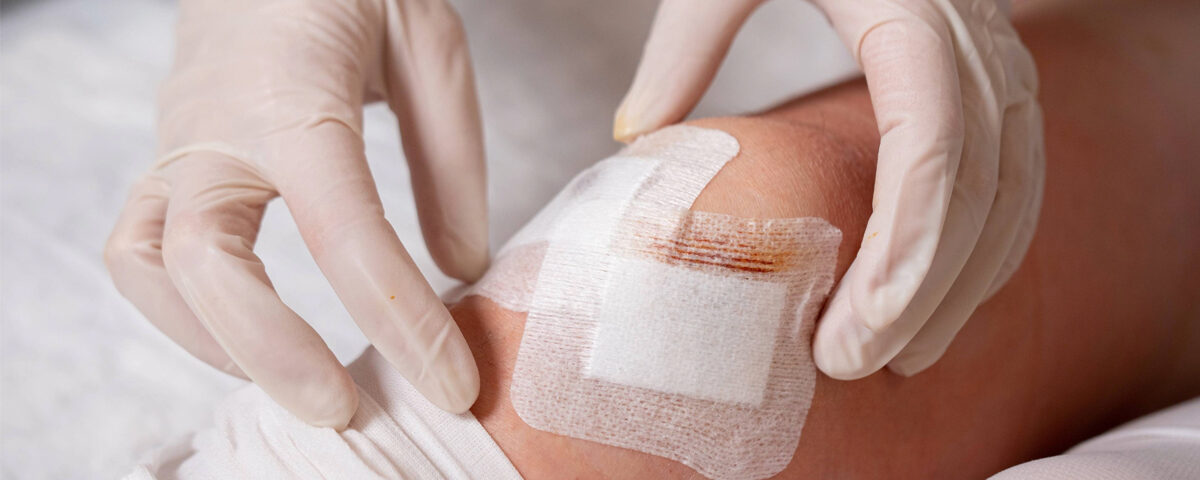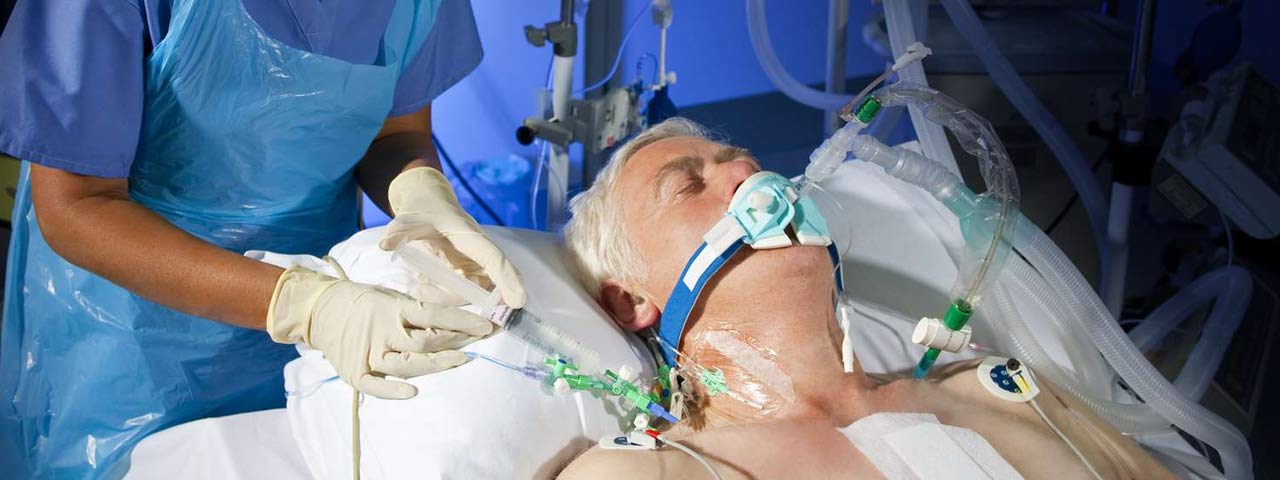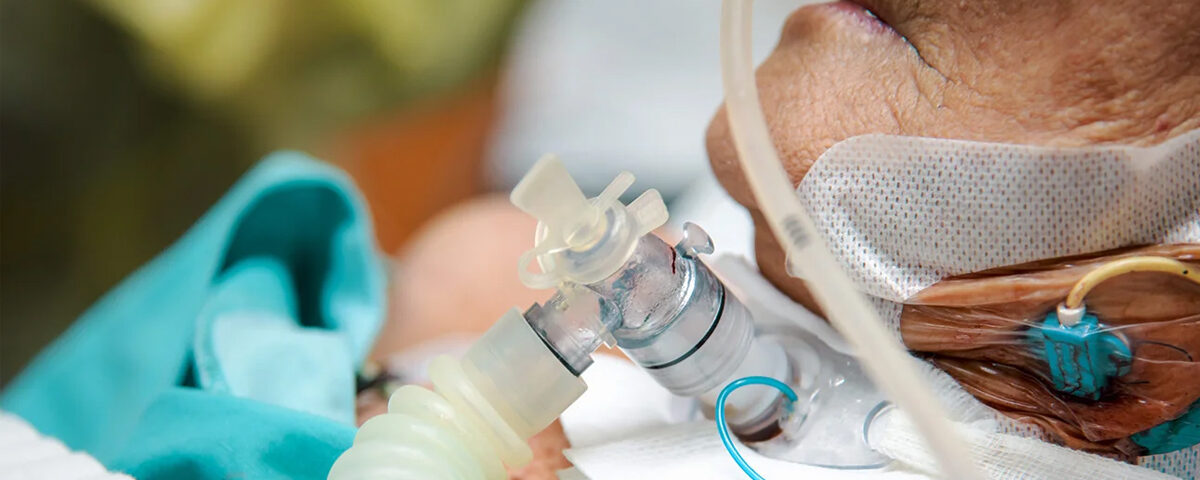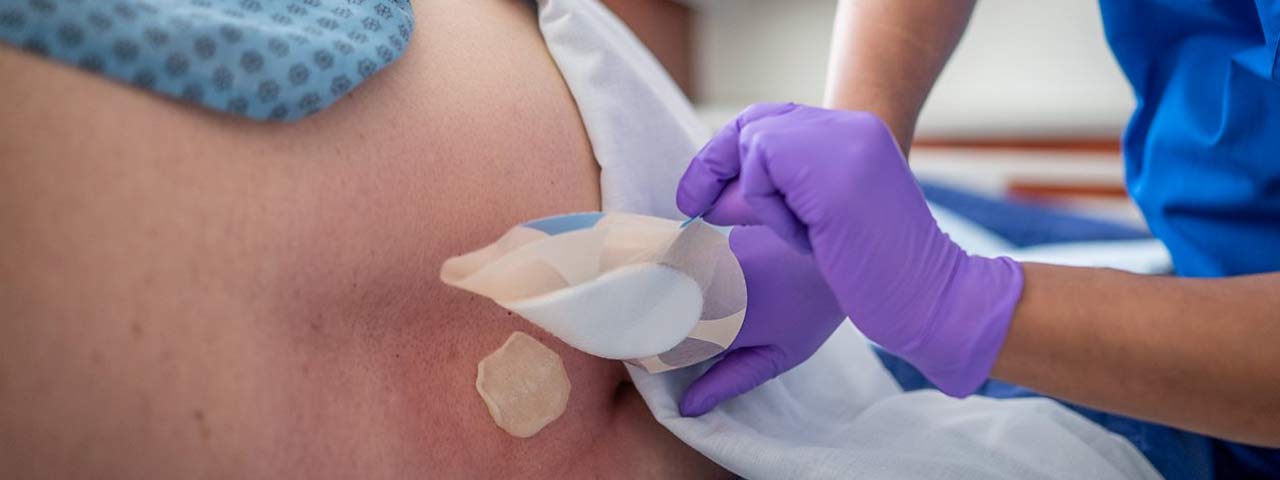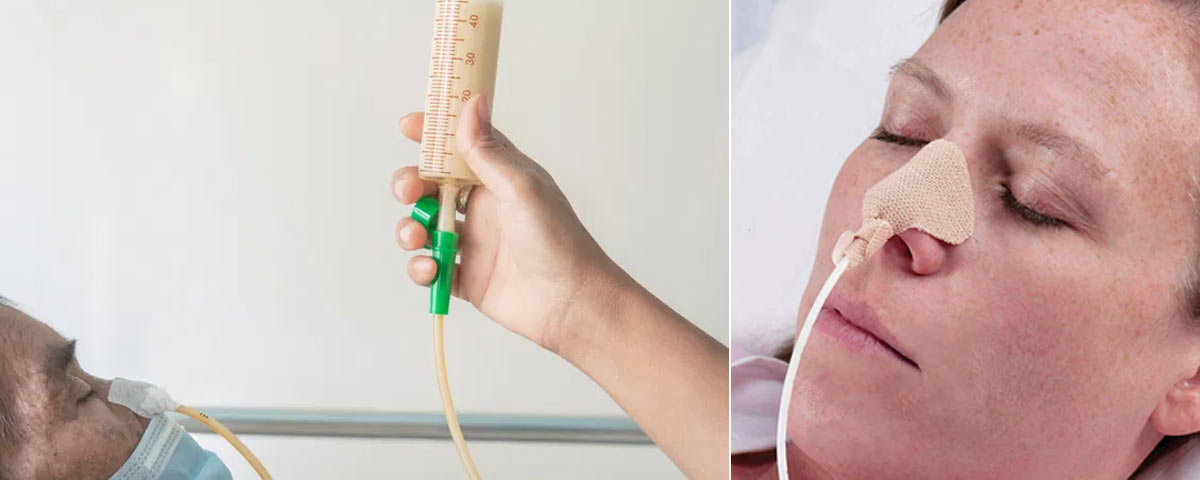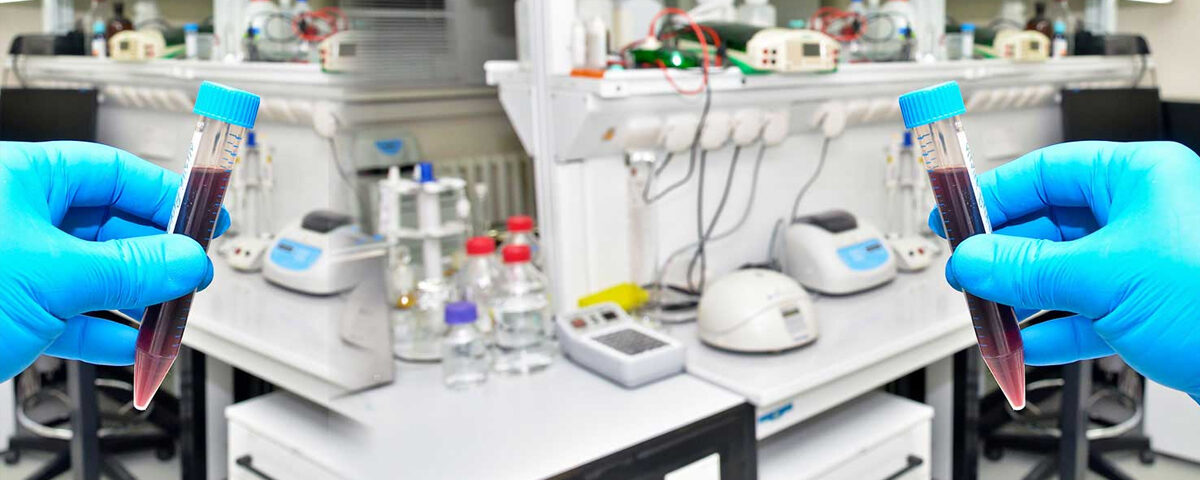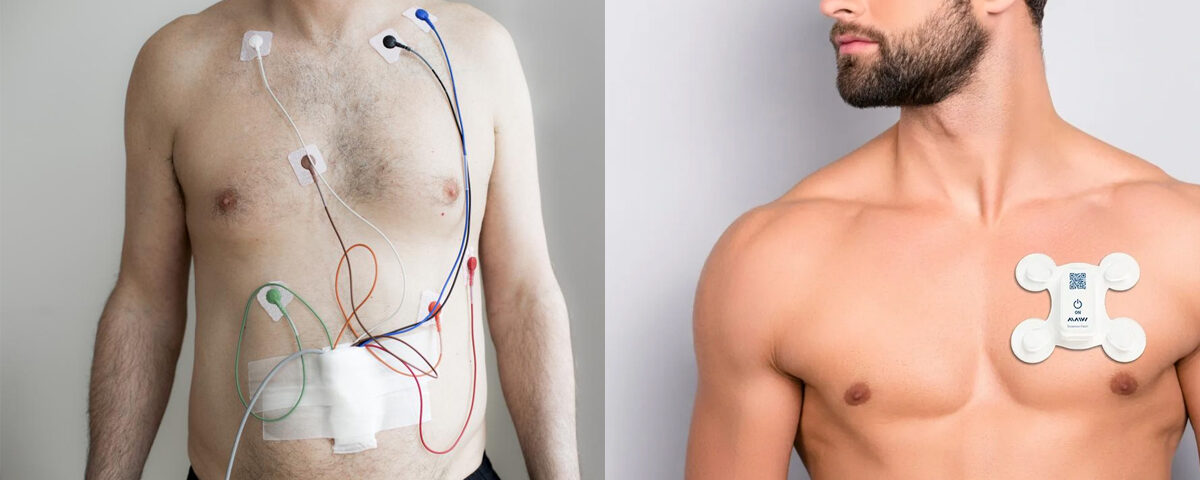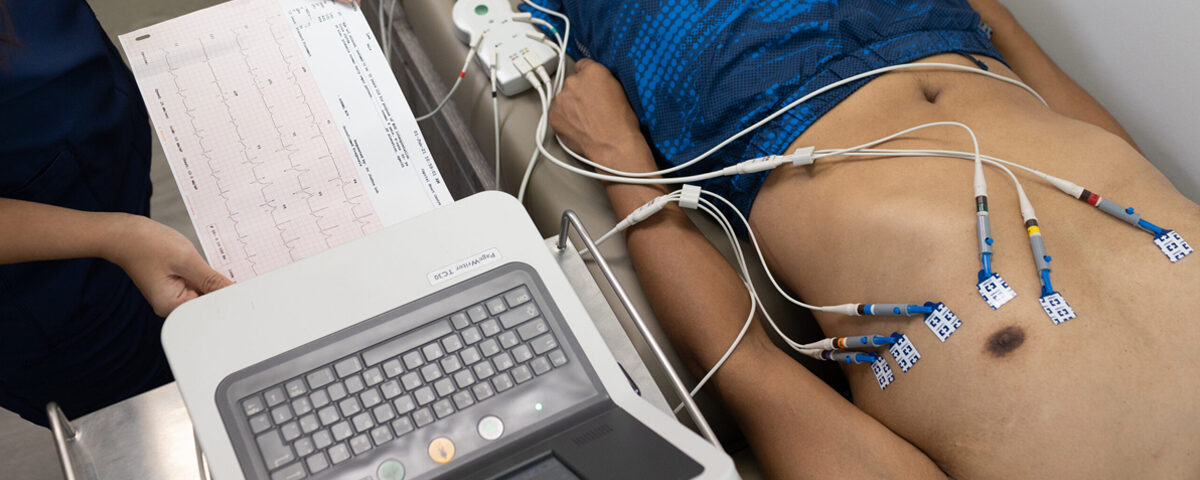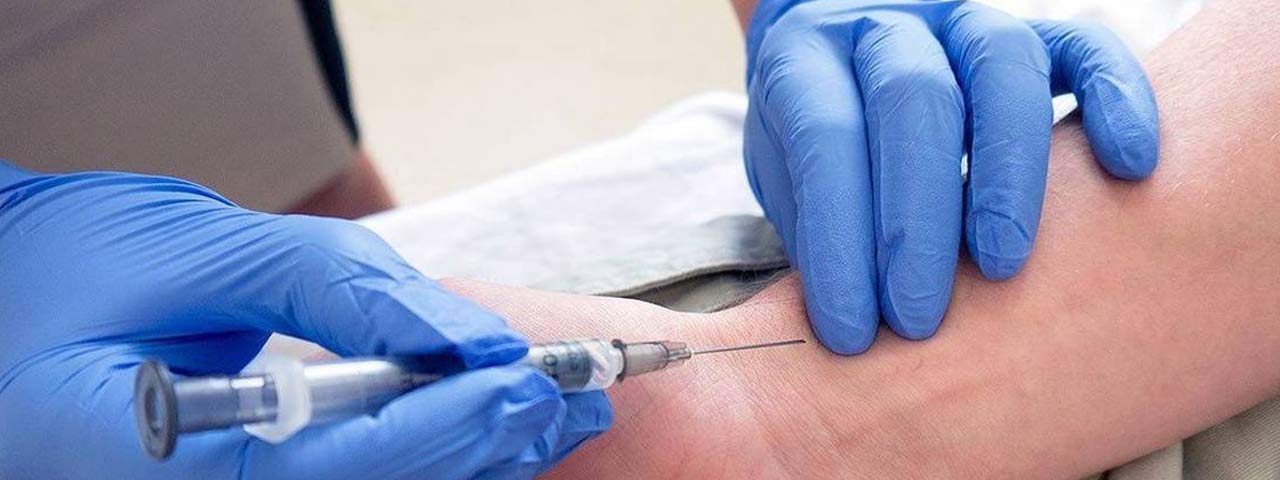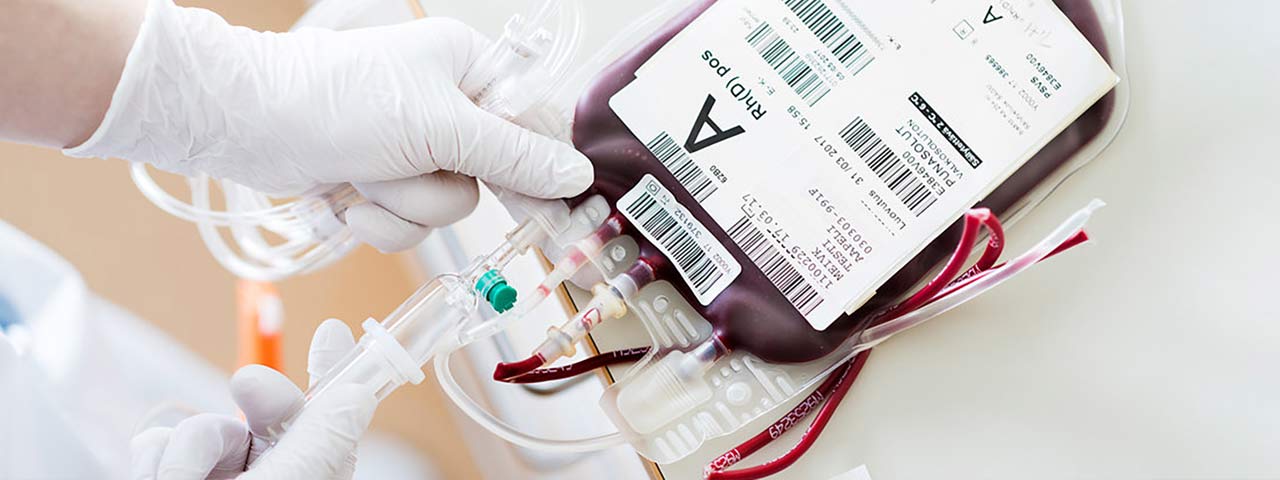Wound Dressing is a critical aspect of wound care, designed to promote healing, prevent infection, and manage exudate. The type of dressing and method used depends on the wound’s condition, location, and healing stage.
Objectives of Wound Dressing:
- Protect the Wound:
- Shield from contaminants and further injury.
- Promote Healing:
- Maintain a moist environment for faster tissue regeneration.
- Control Infection:
- Use antimicrobial dressings when infection is present.
- Manage Exudate:
- Prevent maceration of surrounding tissue by absorbing excess fluid.
- Relieve Pain:
- Provide cushioning and reduce irritation.
Types of Wounds and Appropriate Dressings:
- Acute Wounds(cuts, surgical incisions):
- Dressing: Sterile gauze, non-adherent dressings, or hydrocolloids.
- Chronic Wounds(pressure ulcers, diabetic ulcers):
- Dressing: Foam, hydrogel, alginates, or negative pressure wound therapy (NPWT).
- Burns:
- Dressing: Non-stick dressings, hydrogel sheets, or silver-impregnated dressings.
- Infected Wounds:
- Dressing: Antimicrobial dressings (silver, iodine) or honey-based products.
- Dry Wounds:
- Dressing: Hydrogels to provide moisture.
Steps for Wound Dressing:
-
Preparation:
- Gather Supplies:
- Sterile gloves.
- Antiseptic solution (e.g., saline, chlorhexidine).
- Appropriate dressing material.
- Tape or bandages.
- Scissors and tweezers (sterilized if needed).
- Ensure Asepsis:
- Perform hand hygiene and use a sterile technique.
-
Patient Preparation:
- Explain the procedure to the patient.
- Position the patient comfortably, ensuring access to the wound.
- Use a disposable underpad to catch any fluid.
-
Wound Cleaning:
- Remove the old dressing carefully to avoid disturbing the wound bed.
- Assess the wound for:
- Size, depth, and colour.
- Exudate amount and type.
- Signs of infection (redness, swelling, odour).
- Clean the wound using normal saline or prescribed antiseptic, working from the centre outward.
- Pat dry the surrounding skin gently.
-
Application of Dressing:
- Select Appropriate Dressing:
- Match the dressing type to the wound’s needs (e.g., absorbent for high exudate, hydrogel for dry wounds).
- Apply Dressing:
- Place the dressing over the wound without overlapping the edges excessively.
- Secure Dressing:
- Use tape, adhesive bandages, or a secondary dressing to hold it in place.
- Avoid excessive tension on the skin.
-
Post-Dressing Care:
- Ensure the dressing is comfortable and does not restrict movement.
- Dispose of used materials safely.
- Document the procedure, including wound observations and dressing type.
Dressing Change Frequency:
- Daily for infected wounds.
- Every 2-3 days for clean, healing wounds.
- As needed if the dressing becomes saturated or soiled.
Managing Special Situations:
- Heavy Exudate:
- Use foam or alginate dressings to absorb fluid.
- Consider NPWT for large wounds.
- Slough or Necrotic Tissue:
- Use hydrocolloids or enzymatic debridement agents.
- Avoid harsh mechanical debridement unless prescribed.
- Wounds with Exposed Bone or Tendons:
- Use non-adherent, moisture-retentive dressings (e.g., hydrogel or foam).
- Allergic Reactions to Dressings:
- Switch to hypoallergenic or alternative materials.
Signs of Infection to Monitor:
- Increased redness, swelling, or pain.
- Presence of pus or foul-smelling discharge.
- Fever or systemic symptoms.
- Delayed wound healing.
Complications to Avoid:
- Maceration:
- Change dressings frequently and protect the surrounding skin.
- Adhesion to Wound:
- Use non-stick dressings or moisten before removal.
- Pressure or Tension:
- Avoid tight bandages that restrict circulation.
Would you like a guide for a specific type of wound (e.g., diabetic ulcer, surgical incision) or detailed instructions on a particular dressing method?

